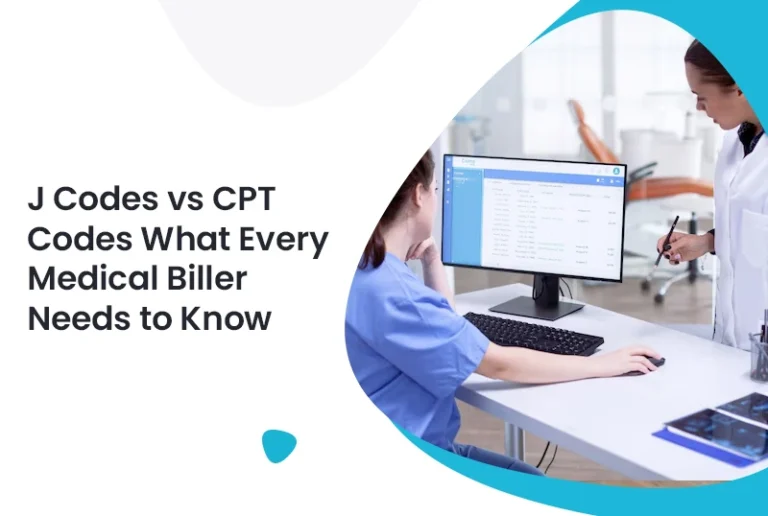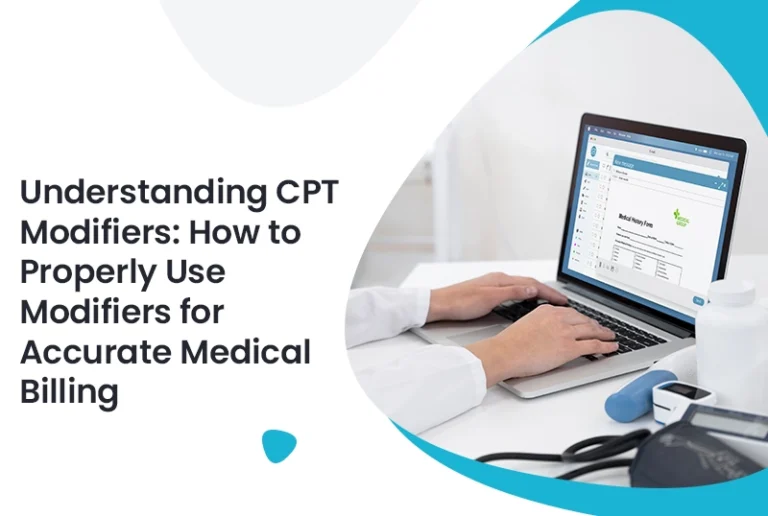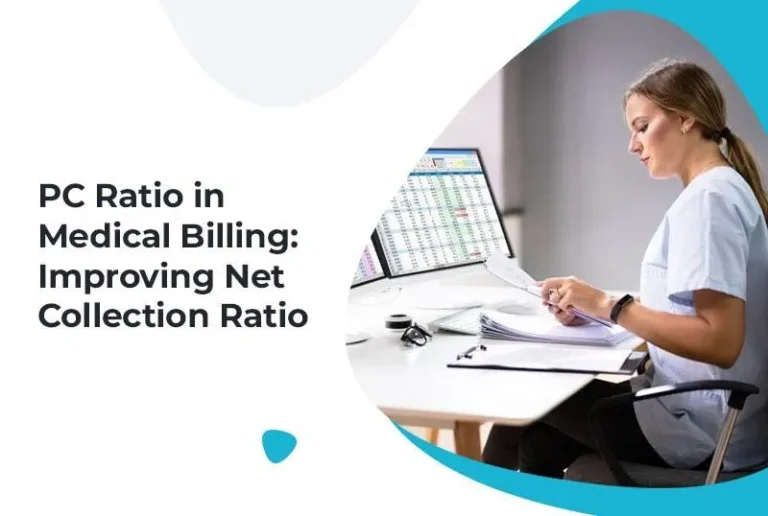Medical billing can be likened to a maze navigation. One turns in the wrong direction, and the claim is denied. Among several CPT modifiers, modifier 58 is that crucial modifier making sure healthcare providers are reimbursed appropriately for their staged or related procedures.
But exactly when do you use modifier 58, and how does it differ from all the other surgical modifiers? Don’t worry if you’ve ever found yourself stumped and unsure whether or not to use it; you are not alone!
Let’s take it a step further, dissecting what modifier 58 is, what it’s used for, and even when and how to apply it so you can get maximum reimbursements.
In simple words, modifier 58 is used when a physician does a staged, related, or more extensive procedure following the initial surgery. It lets the insurance company know that the next procedure is planned or necessary for continued treatment.
The beauty of modifier 58 is that it ensures that providers have full reimbursement for additional procedures even though they may occur within the global surgical period of the first procedure.
Here’s the list of when it is used.
- When a procedure is staged and done as a treatment (like in a three-stage skin graft).
- When an additional surgery must be performed to carry out the planned surgery (e.g., switching a temporary implant to a permanent one).
- When a therapeutic procedure is performed as a follow-through on a diagnostic procedure (such as a biopsy with subsequent need for removal of abnormal tissue).
When to Use Modifier 58
1. Staged or Planned Procedures
Some procedures are staged. They are planned ahead of time and will take more than one session to complete. In such a case, it would be appended to the second procedure and all subsequent procedures.
Example: A plastic surgeon performs a skin graft in multiple sessions. The first procedure involves placing a tissue expander, and the second procedure (weeks later) involves removing the expander and completing the graft. The second surgery requires it because it was part of the original treatment plan.
2. More Extensive Surgery Following the Initial Procedure
Sometimes, a physician discovers after the first surgery that a more complex procedure will be required. Modifier 58 informs the payer that the additional surgery is related and necessary.
Example: Removal of a tumor for a patient, during pathologic review, the doctor finds out it’s required to excise a larger section of tissue. Since the second surgery is a more extensive follow-up to the initial procedure, the use of modifier 58 is applied.
3. A Therapeutic Procedure Following a Diagnostic One
When a primary diagnostic procedure finds a condition to be treated with another procedure, modifier 58 applies to the secondary procedure.
Example: The surgeon performs a diagnostic laparoscopy, and gallbladder disease requiring removal is diagnosed. The removal of the gallbladder cholecystectomy is assigned modifier 58 because it wasn’t scheduled beforehand but was indicated after the diagnostic procedure.
Modifier 58 Effect on Reimbursement
One of the largest advantages of modifier 58 is that the physician can fully reimburse each of the staged procedures even if the same occurs during the global period of the surgical first procedure.
Unlike modifier 78, which results in a reduced payment for related unplanned procedures, modifier 58 ensures that subsequent procedures are paid at 100% of the allowable fee. This makes it an essential tool for medical billers who want to maximize revenue while maintaining compliance.
Key point: Always document in the patient’s medical records clearly that more procedures are needed. Many insurance payers require justification for why a staged or related surgery was done.
Common Mistakes to Avoid while using it
Experienced billers still manage to mess it up at times. Here are a few of the most common mistakes—and how to avoid them:
1- Applying Modifier 58 for Unrelated Procedures – Modifier 58 is applied only to staged, related, or necessary procedures following the first surgery. In case, a provider performs a completely unrelated surgery, another modifier is to be applied.
2- Use modifier 58 for a return to the OR because of complications – wound dehiscence or infection; a patient must be returned to the OR in an unplanned fashion, use modifier 78.
3- Lack of Proper Documentation of the Treatment Plan – A claim may get denied if, in the staged procedure, such a procedure is not clearly recorded as necessary for the patient. The provider’s notes should warrant the additional procedure.
Avoid these errors and watch denials diminish and claims move more smoothly.
Modifier 58 vs. Other Surgical Modifiers
Many coders confuse modifier 58 with other post-op modifiers. See how it differs:
- Modifier 58 – This is used for staged or related procedures that occur during the global period. Accepts full payment.
- Modifier 78 – Used when a patient requires a return to the OR due to complications. Results in reduced payment.
- Modifier 79 – Used when a patient receives a completely unrelated surgery within another procedure’s global period.
- Knowing when to apply each modifier means that claims will be processed properly and at the highest reimbursement rate possible.
Conclusion
In medical billing services, modifier 58 is a tool that can help ensure proper reimbursement for staged or related procedures. It indicates to insurance companies that a second or third procedure was part of an intended treatment strategy. Ensuring providers receive full payment even within the global period.
Proper usage can reduce denial of claims and simplify billing to maximize reimbursement. However, accurate coding and proper documentation are crucial so that payers understand the reason for the added procedures.
Knowledge of modifier 58 can be a game-changer for the effective management of billing and revenue. Get it right, and you’ll see that benefit not only in reimbursement rates but also across your entire billing process.






